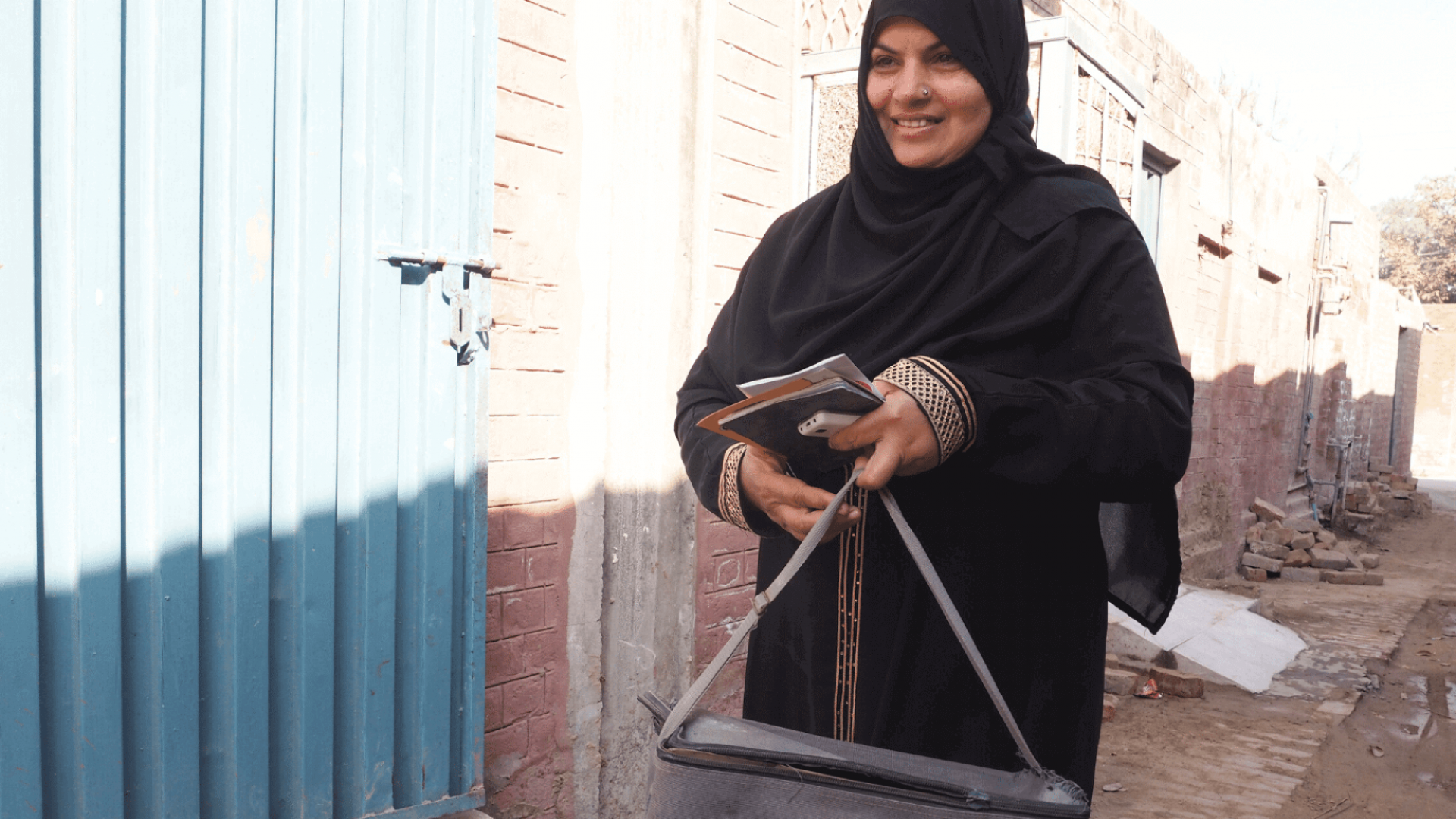Health financing in Peru combines general government funding, social health insurance, private insurance and out-of-pocket payments. In 2017, 44.4% of the population was covered by the government financing system (Seguro Integral de Salud, SIS), 24.8% by social health insurance (EsSalud) and 5.1% by other health insurance schemes.1 About 25% was out-of-pocket. EsSalud has provided comprehensive ophthalmology services to affiliated employees, retirees and independent workers since 1999. The Seguro Integral de Salud (SIS) is a health care financing system subsidised entirely by the Government since 2001, covering eye care priority interventions through public services, to people without health insurance and living in poverty.2 In 2009, cataract operations, glaucoma, refractive errors, diabetes and retinopathy of prematurity were included in the health care priorities for SIS.
In 2019 the Peruvian Government allocated US$5.3 billion on health care (10.8% of the national budget), including US$17 million for priorities in eye care. This represents only 0.3% of government health funding being directed to eye care priority procedures through SIS.3 This budget allocation uses historical patterns related to service utilization. It prioritises strategic interventions such as screening and treatment of cataract (61% of the eye care budget), refractive error (31%), retinopathy of prematurity (5%) and glaucoma (3%).3 SIS pays public hospitals on a “fee for service” basis, providing a financial incentive for increased productivity. The billing process also improves the use of the local health information systems and some public hospitals report improved productivity.2
Health promotion and education activities for NCDs within primary health care were allocated US$12 million in the 2019 budget, including mental health, hypertension, diabetes and eye health.3 Funds are allocated to local government health services on a per capita basis, combined with health performance results.2 Good integration between eye care and primary health care services is crucial to ensure some of this budget is used to promote eye health.
The Government of Peru is investing financial resources in eye health promotion at primary level and service provision for priority procedures, this has contributed to the increasing number of people receiving services at the public hospitals in recent years by reducing financial barriers and incentivizing increased service productivity. For example, 34,885 cataract surgeries were done by the public services (59.0% of all cataract surgeries) in 2018, compared to 14,894 in 2014 (50.6%).3
- INEI. Población afiliada a algún seguro de salud. Lima: Instituto Nacional de Estadística e Informática, 2018.
- Grupo Banco Mundial. Financiamiento de la salud en Peru. Analisis de la situacion actual y desafios de la politica 2021. Lima: Banco Mundial 2016.
- Organización Mundial de la Salud. Aplicación del instrumento de evaluacion de los servicios de atencion oftalmica (IESAO) OMS en el sistema de salud de la republica del Peru. Lima: Organización Mundial de la Salud, 2019.

